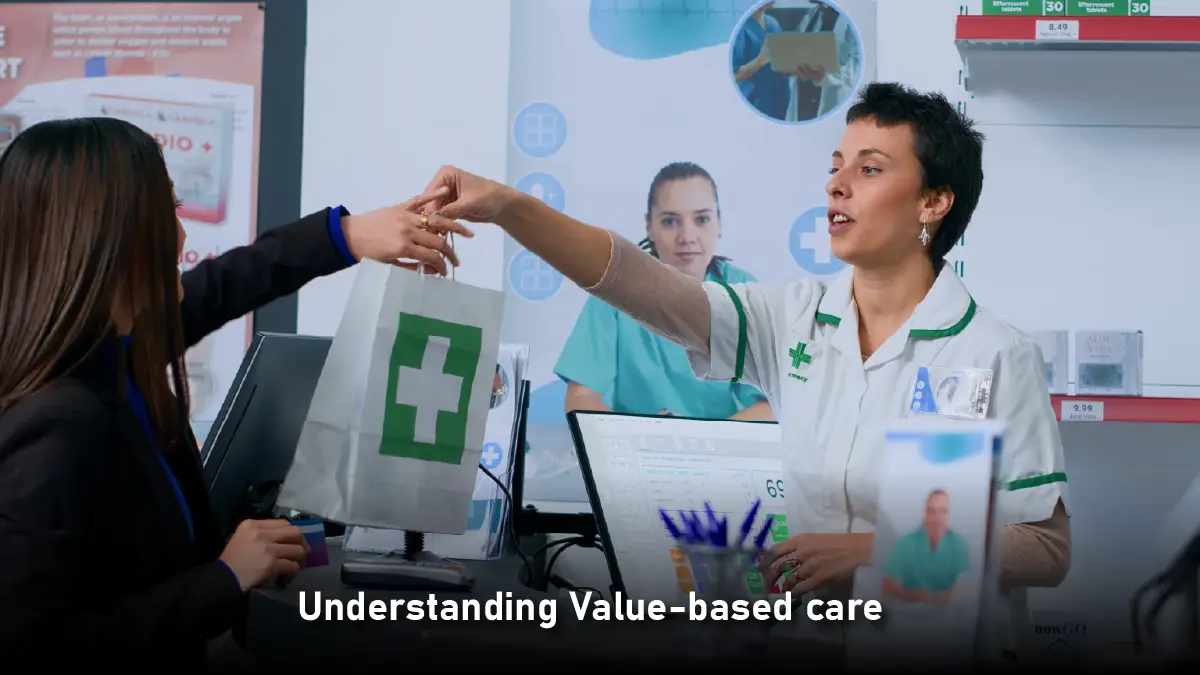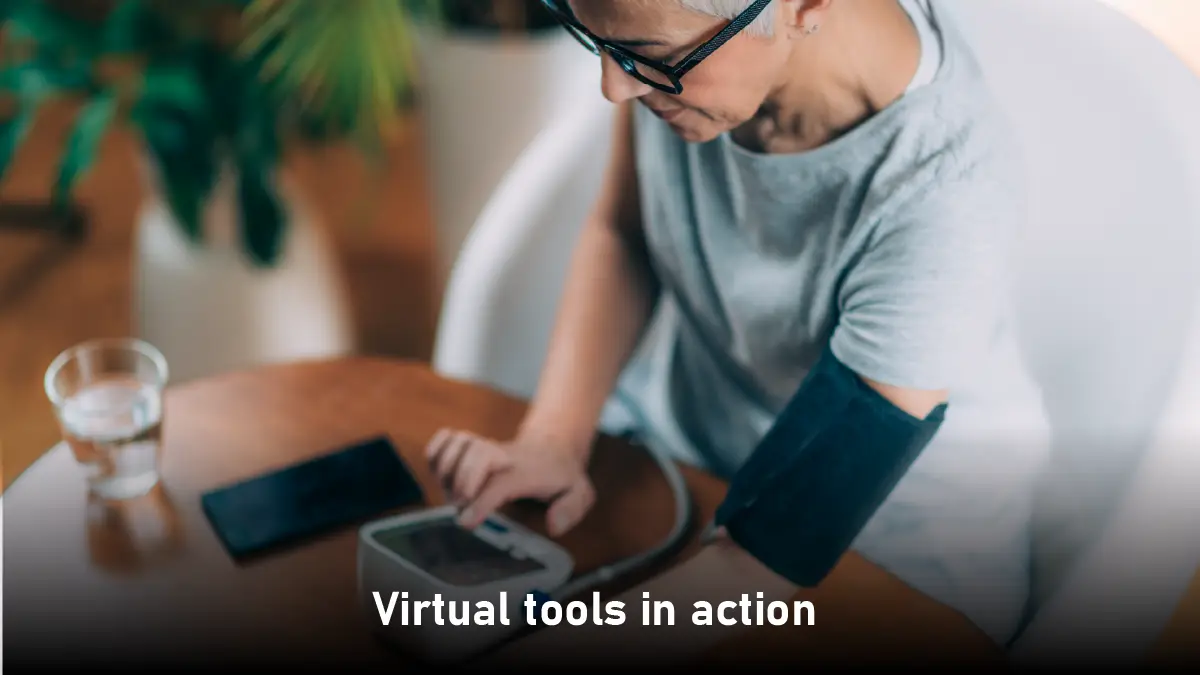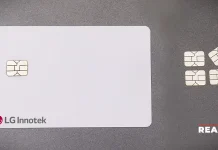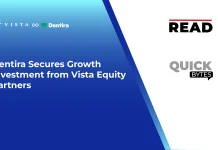Healthcare is changing. At the heart of this is remote care management. It helps healthcare providers treat, support and monitor patients outside of traditional clinical settings like hospitals or clinics. Healthcare professionals can monitor vital signs, get real time health data and act fast when a patient’s condition changes with the use of technology like wearable sensors, telemedicine and remote patient monitoring (RPM).
Remote care management works well for people with chronic diseases, those who are recovering from surgery, or are living in remote or underserved areas. This keeps the person in good health and minimizes instances whereby a patient would have to go to the hospital, thereby instilling self-empowerment on health matters. In the bigger picture, these systems become avenues for healthcare systems to initiate value-based care, improve outcomes, and more importantly, make effective healthcare service delivery accessible to everyone. This article looks at and describes the significance of remote care management toward value-based care and what it means to the patients and health care providers.
What is Remote Care Management?
Remote care is an umbrella term for all sorts of services that provide technology to monitor, assess, and keep track of patients’ health status while providing health services and assistance to patients outside of traditional face-to-face encounters. The technology collects, transmits, and processes patient health data from any source outside a clinic or hospital. For instance, patients can use their devices at home, i.e., blood pressure monitors, glucose meters, ECG sensors. This data is instantly shared with healthcare teams through secure networks. Thus, remote care management is not just about technology. It is about building an ongoing, two-way relationship between patients and providers, making healthcare more accessible and responsive.
Also Read: Agile Defense: Rethinking Military Readiness in an Era of Rapid Threat Evolution
Understanding Value-based care

Value-based care focuses on helping patients get healthier while lowering costs Instead of paying doctors and hospitals for every test or procedure they do, this model is about the quality of care they provide. The goal is to improve health outcomes not just volume. In other words, it moves the focus from how much care is given (volume) to how well the care works (value). Healthcare providers are encouraged to prevent illnesses, manage chronic diseases and work across the whole healthcare system. In this model, doctors and hospitals receive financial rewards when their patients have better health outcomes, rather than just for providing more services.
Linking remote care management and value-based care
Remote care management, an essential component of the value-based care approach, promotes real-time patient monitoring followed by intervention whenever issues arise. This strategy guards against any potential complications and reduces unnecessary hospital visits. Hence, hospital readmissions are reduced, chronic care management improves, and individuals gain more say in crafting their own care regimen for themselves. Such improvements help contain healthcare costs. Remote care management supports the main goals of value-based care and has become an essential part of modern healthcare.
Virtual tools in action

Key virtual tools used in remote care management include:
RPM: Devices that track vital signs & symptoms and send data to care teams for review & action.
Telehealth: Video consultations, secure messaging, and phone check-ins that facilitate regular communication and follow-up.
Mobile Apps: Apps that remind patients to take medicines and log symptoms.
Wearable Sensors: Devices that continuously monitor activity, sleep, and other parameters and provide insights.
These tools allow for real-time data exchange and patient-focused care. For instance, it will allow providers to batter the early warning signs to help the patient make timely decisions and involve the latter in taking care of his or her health all on their own. Health devices like blood pressure monitors, glucometers, and pulse oximeters track chronic and acute cases at home for heart disease, diabetes, and COPD. This kind of real-time data reduces hospital readmissions, encourages better upkeep of medication, and makes an assessment of patient health more thorough than in an assessment done in a typical in-person doctor-patient session. So, virtual tools are fast turning out to be indispensable for high-end care of diverse populations, post-surgical recovery, and high risk patients, all the while increasing healthcare’s accessibility and efficiency.
How Virtual Tools Reduce Hospital Readmissions
Hospital readmissions often happen when chronic conditions aren’t managed, warning signs are missed or patients don’t get follow-up care. Virtual tools help with all of these in several ways. They dispatch alerts to the care team in near real-time when the patient’s numbers are out of range. Virtual follow-ups allow the patient to understand discharge instructions and medications. The tools also send reminders, as well as educational content, to support medication adherence and self-care. Virtual care catches complications early and reduces the chances of emergencies that could lead to another hospital stay. Research shows that remote patient monitoring and telehealth can greatly reduce readmissions, especially for people with chronic illnesses like heart failure, diabetes, and COPD.
How Remote Care Management Helps
Remote care management helps in several ways:
Chronic Disease Management: Continuous monitoring for conditions such as diabetes, hypertension, and heart failure.
Post-operative Care: Tracking recovery and identifying complications early after surgery.
Elderly and At-risk Populations: Supporting those who have difficulty accessing in-person care due to mobility or geographic barriers.
Preventive Care: Enabling routine check-ups & early interventions to maintain health and prevent disease progression.
Mental Health Support: Providing virtual counseling and monitoring for behavioral health conditions.
Challenges
Despite the many advantages of remote care management there are also many challenges. Many patients don’t have the technology or feel comfortable using digital devices so it’s limited in reach. Patient data is another big concern as keeping health information private and secure is key. Remote care tools must align with the existing healthcare systems so that they do not disrupt the workflows. Reimbursement for remote services remains sometimes clouded and inconsistent because the payment and policies regulations are still behind the times. Sustaining patient engagement and motivation in long-term remote care can be challenging, mostly when they have not been used to managing their health on a digital spectrum. All these challenges tend to put a stumbling block in front of a healthcare provider who otherwise would embrace remote care management.
Case Studies
Case Study 1: Virtual Cardiovascular Care in Nursing Facilities
A program in New York introduced virtual cardiovascular care across multiple nursing facilities. It offered televisits, remote monitoring, and follow-up care for heart failure patients. As a result, the 30-day hospital readmission rate dropped to 3%, with significant cost savings per patient. This demonstrates how remote care management can reduce readmissions and improve outcomes for high-risk populations.
Case Study 2: Large-scale Remote Patient Monitoring for Chronic Disease
A major health system deployed a remote patient monitoring program for over 35,000 patients, using automated workflows and 24/7 care management. The initiative led to a total medical cost reduction of over US$ 30 million and helped care teams manage patients at risk. This showcases the scalability and impact of remote care management in value-based care.
Conclusion
Remote management is going to change healthcare in the next few years. It will get more people in rural areas the care they need. It will make chronic disease management easier with personalized, data driven approaches. Remote management supports public health and preventive care, keeping whole communities healthier.
Remote management is becoming more popular despite the difficulties with data security and technological access. Several case studies show that it can lower costs and enhance results. Remote management will become even more important as healthcare changes, helping to make care more sustainable and accessible for both patients & clinicians.




